If you aren't already a walker, start slowly and build up over time! If you try to jump in and go for long walks right away, you'll wear yourself out, and you may get frustrated and give up. Be patient with yourself!
To begin, you might go out for 10 minutes, up and down your block, for a few days. Then add another few minutes to your routine, until you're up to 30 minutes a day. Or walk three times a day, for 10 minutes each time. If you are very sore or tired the next day, back off a little and go for a shorter walk.
Especially if you walk outside during the winter, make sure you dress for the weather. It's discouraging to get outside and be too cold to finish your walk, or worse yet have to finish your walk while cold because you're not near home! If you dress in layers, you can always remove or unzip a layer if you get too warm.
For many people, the hardest part of any exercise program is sticking with it. Make a plan for yourself when you'll walk each day, and don't let other distractions, whims, or responsibilities take that time away from you. Walking with a friend is a great idea, because you're also accountable to someone else.


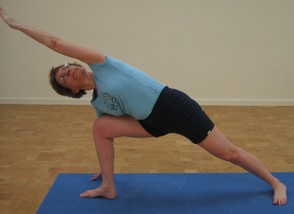
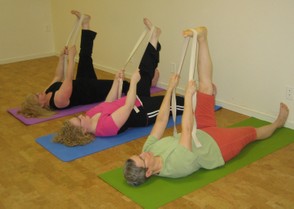
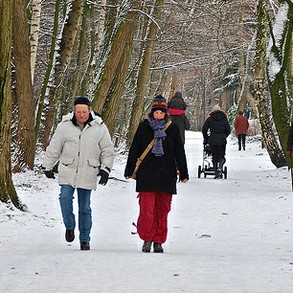


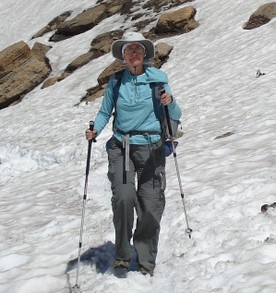
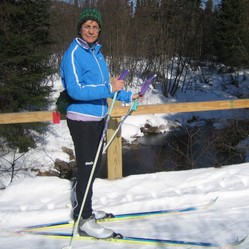

 Singer-Songwriter Ellis Performs From the Hearton 06/03/2013
Singer-Songwriter Ellis Performs From the Hearton 06/03/2013
 The Light-Weight SteriPen Water Purifier for Camping or Travelon 01/18/2015
The Light-Weight SteriPen Water Purifier for Camping or Travelon 01/18/2015
 Inexpensive Gift Ideas For Coffee Loverson 11/28/2014
Inexpensive Gift Ideas For Coffee Loverson 11/28/2014
 Very Simple Cranberry Sauceon 11/26/2014
Very Simple Cranberry Sauceon 11/26/2014

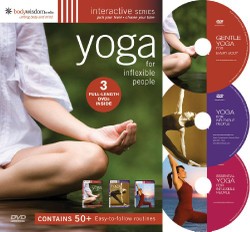

Do you have winter joint pain? What has helped you?
Thanks for the comment, katiem2 :-) Yes, it's so very good to keep moving. I think I'd be a cranky old bat by now if I weren't doing yoga / walking / hiking!
You've mentioned three of my favorite things, yoga, walking and hiking I know what to do when I feel a bit stiff. Its so true we really need to keep moving, going and living life. Good advice, thanks :)